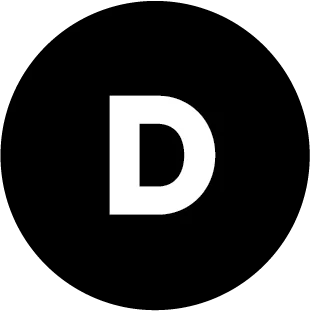East Meets West: From Big Apple to Bay Area
After living in New York for most of my life, I knew that moving to the Bay Area would offer an exciting new environment. After making the move, I realize that the changes go far beyond the physical.
Before the move, I worked in a private office filled with monochrome furnishings, overlooking a sea of sleek black high-rises from the 29th floor of the Sony building in the heart of New York City. Today, I work in a single-story building with an open floor plan, colorful furniture, and floor-to-ceiling windows in the heart of the Bay Area. Instead of black high-rises in a concrete jungle, my neighbors are some of world’s largest tech companies, who are innovating the latest in technology every single day. Neither one is better than the other, they’re just different.
Having been pretty involved with the design community back in the Big Apple, I was eager to explore the creative landscape here in the Golden City. And attending San Francisco Design Week was the perfect opportunity to dive-in. A group of Duartians (yes, that’s what we call ourselves) attended the event to meet other creatives in the community and exchange ideas on the ever-changing landscape for design. For me, this was not only a party or an opportunity to press palms, but an exciting social exercise whereby I could really begin to identify the distinctions between these two major metropolises.
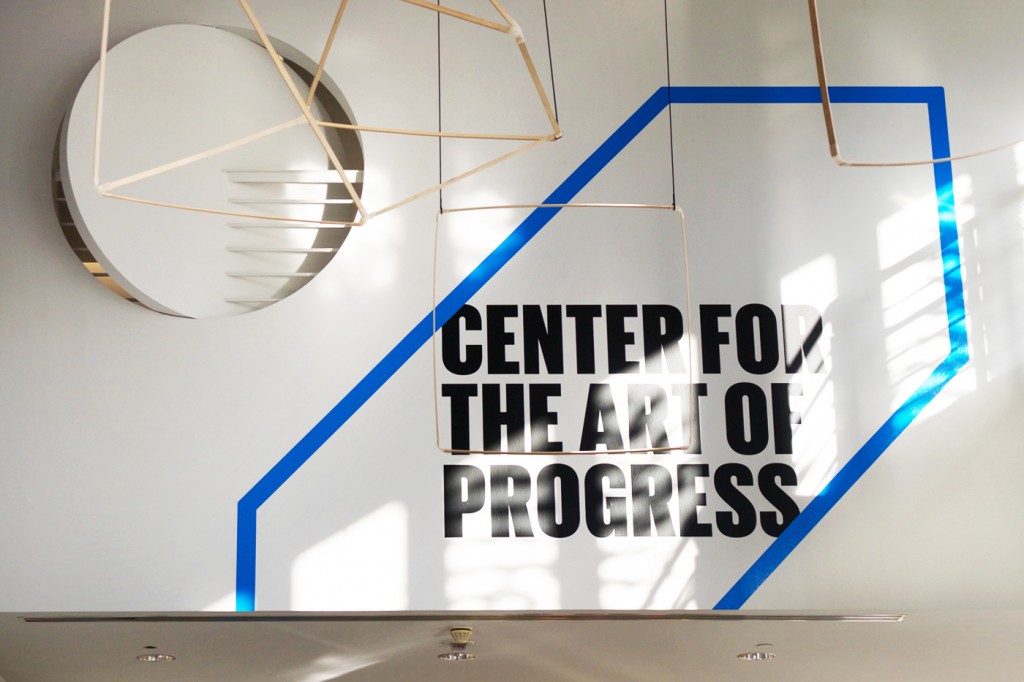
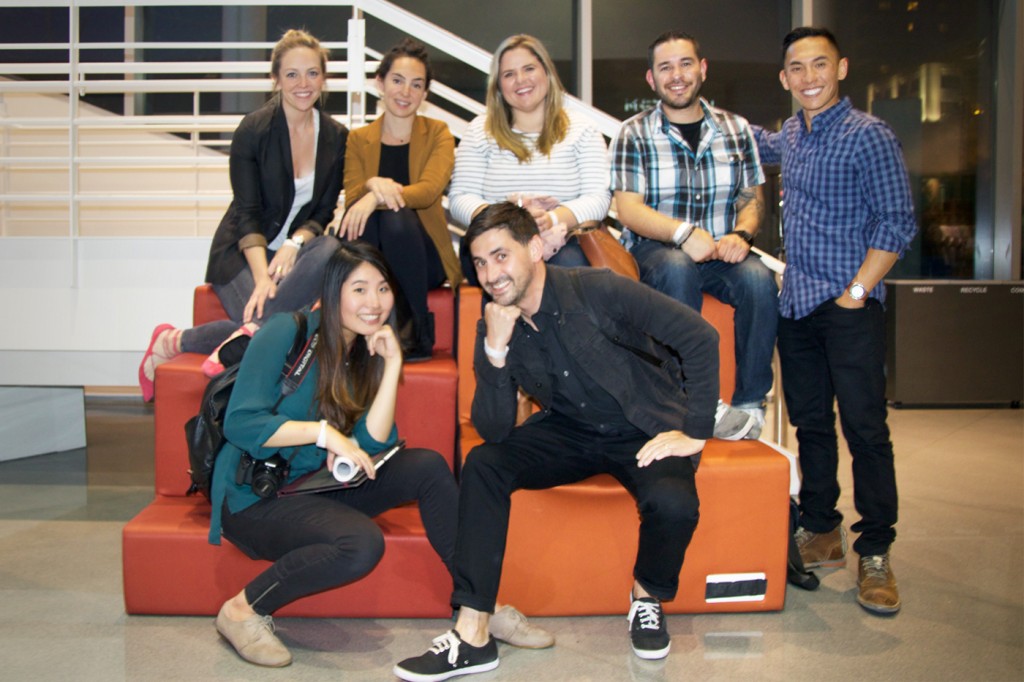
First, it is worth noting that kick-starting a career in New York is no easy feat — gaining access to other experienced designers and reliable mentors requires lots of socializing, self promotion, and membership fees. San Francisco’s design culture is quite the opposite, seemingly offering more opportunities for inclusion. In general, creative designers in the Bay Area are more approachable. Perhaps it is the shared mentality that, “If at first you don’t succeed, try again” whereas, in other cultures, failure prevents most from even trying.
This concept especially applies to ones’ networking approach. While New York is often coveted for its exclusive nature, at SF Design Week it was not uncommon to encounter founders, investors and creatives talking shop and sharing ideas. The energy and aggressiveness of New York does make it a hub for exceptional creative talent, but folks there often move fast, just as the city itself does. Even frequenting the design circuit, it was not uncommon to meet somebody at an event and never see that person again.
My first Design Week in SF was anything but rushed or restrictive. At the Yerba Buena Art Center on opening night our whole team mingled with other designers, brand specialists, business owners, and new friends. We even interviewed a handful of exciting young professionals, inquiring about what they enjoy most in relation to the SF design scene. We got answers like, “It’s extremely diverse in SF. People from all around the world come to this one little town. Here there is the opportunity to work amongst the best. Greatness inspires greatness” and, “I like that here you get a glimpse of what’s next in the world, because we always have our finger on the pulse.” (View more from this series or contribute your own conversations using the hashtag #AllDayAIGA).

On the following day, a Senior Designer from Butchershop invited me to their agency’s event Booze Your Words: After-Work Wine Pairing. The premise was that Butchershop’s designers teamed up with producer, E16 Wines, to put a unique twist on pairings, coupling reds and whites with a curated selection of complimentary type-faces. Yet another example of an inclusive activity with substantial purpose, connecting and encouraging all who attended to mingle, view the portfolio of work featured throughout the studio, and engage in open dialogue about the enticing theme of the evening.
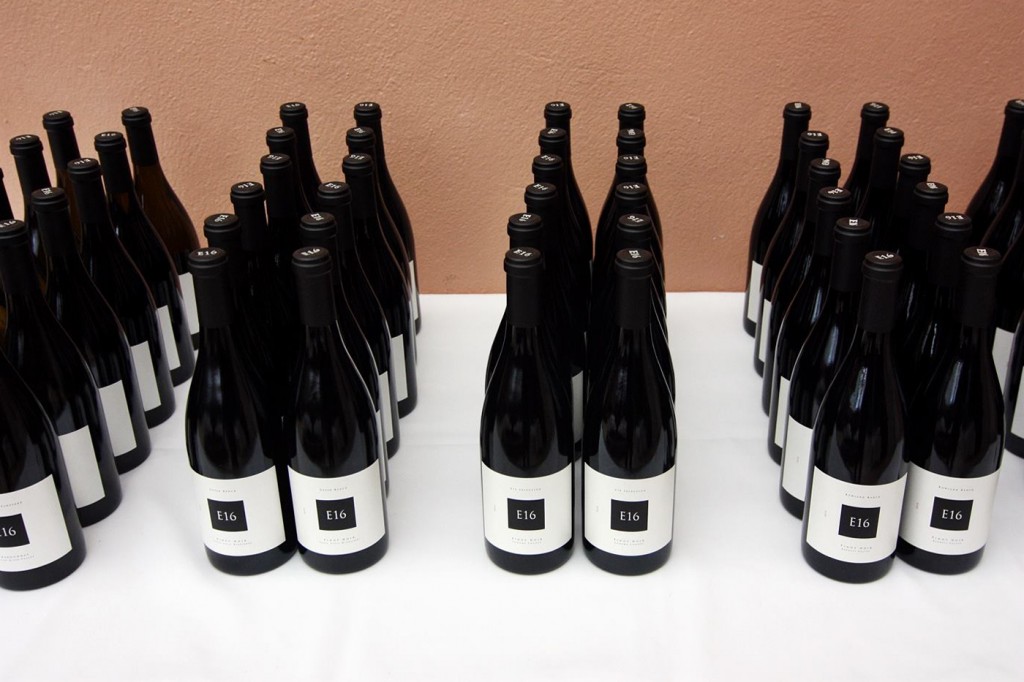
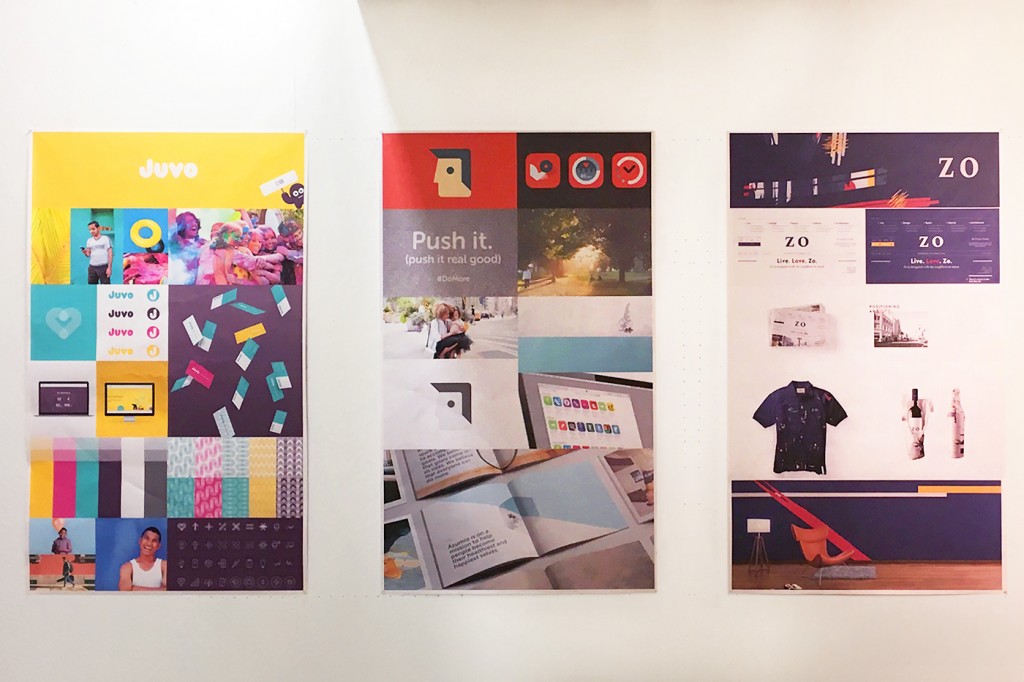
Then on Saturday I participated as a Reviewer at the AIGA San Francisco Portfolio Day along with two other Art Directors from Duarte, where we chatted with recent graduates and aspiring industry professionals. Having become familiar with both sides of the Portfolio Day desk, as a student and then as an Art Director in New York, I vividly recall how intimidating the experience was. Akin to modern-day-dating, the mission was to find the most accomplished person in the room, and present your best elevator pitch with the hope that, by the time it was over, they’d be ready to join your company / offer you a job. Contrary to this objective-oriented approach, the Portfolio Day at YBCA was casual and convenient. I learned a lot from those fresh faces who sat eagerly in front of me, sporting big smiles and impressive technological devises. And they seemed to learn a lot from me, too!
Diving deep into each portfolio, the intent was less about whether or not business cards would be exchanged at the end of the conversation, and more about how I could lend a unique perspective in my career at Duarte as a visual storyteller. As the rotation of attendees continued, one girl even sprinted to my station, asserting “I heard you’re awesome – let’s talk!”
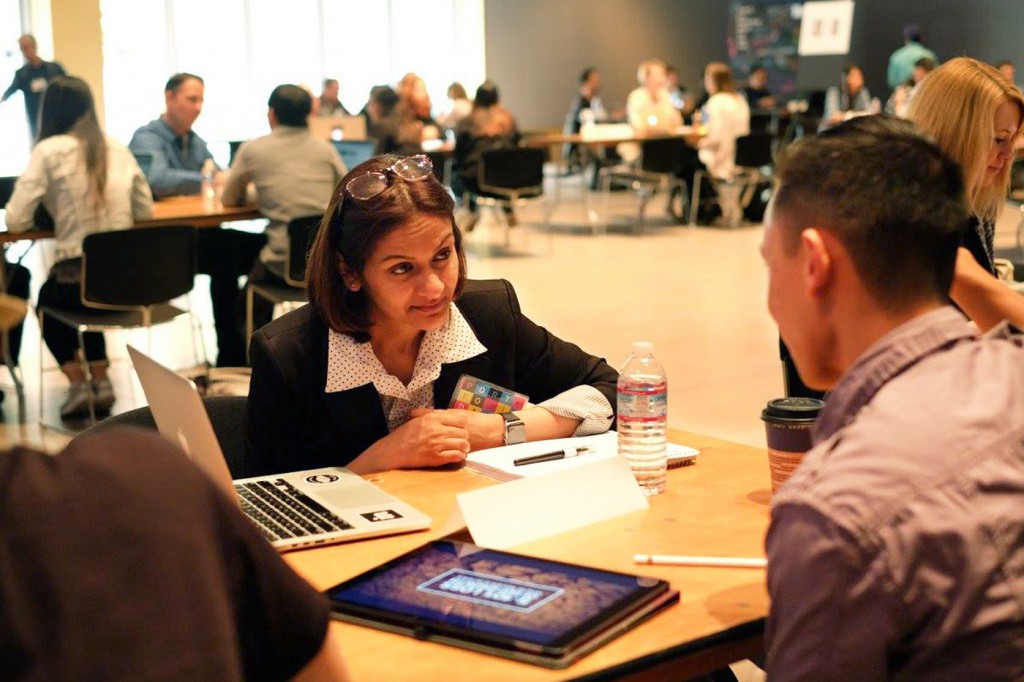
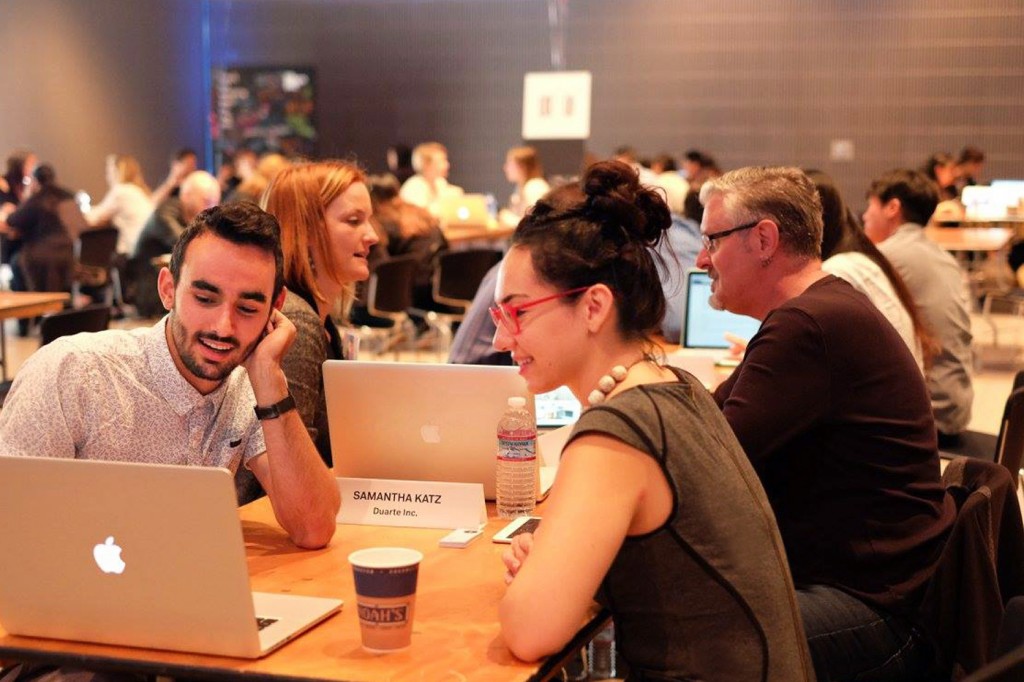
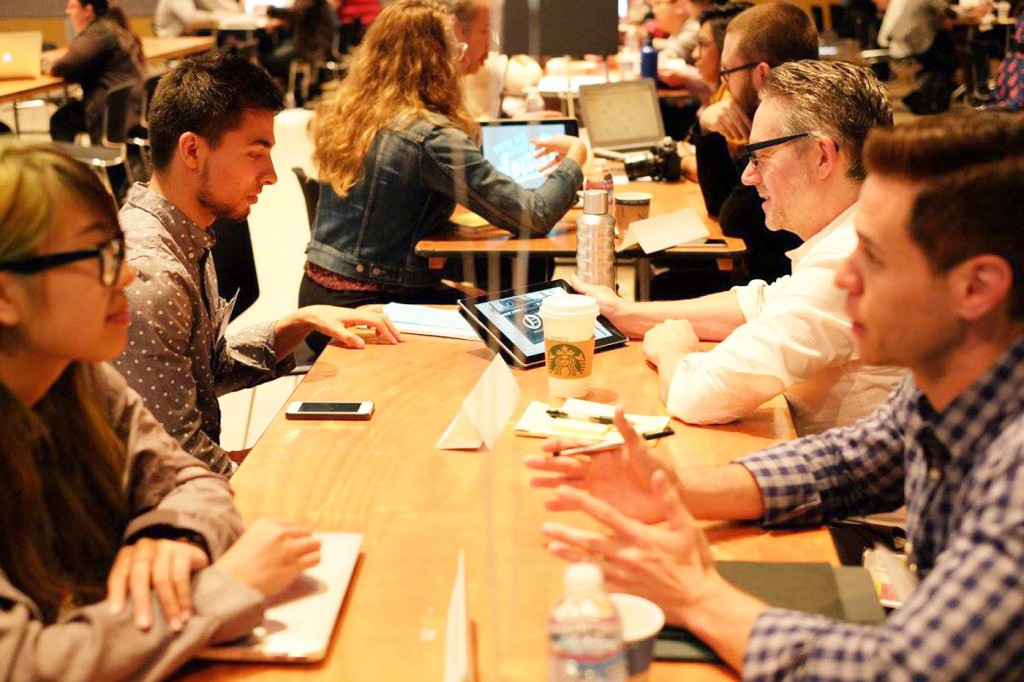
The remainder of the week was filled with further phenomenal programming and highly enthusiastic happenings. Each of these experiences led to the revelation that here in San Francisco the design community mirrors the same cultural environment that we do at Duarte: “It’s a place to express yourself, find your passion, fuel your creativity, and make lasting friendships.”
TOPICS:
Culture, Events, Visual Thinking
Learn from the pros
Gain insight on effective presentation strategies
From developing presentation skills to designing PowerPoint® presentations, we invite you to join the 200,000 people who leverage our extensive resource library.

